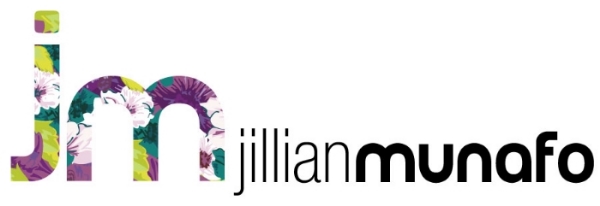Type as Image
Graphic Design is defined as the process of visual communication, and problem solving through the use of type, space, image and color. These elements are pretty simple, and as artists we find ourselves using them in our everyday lives. The art of graphic design has a strict system of guidelines and rules that are commonly followed. Some common rules in graphic design that should be and are understood include kerning your type, line spacing, having hierarchy, and always using a grid. These rules help make a design a “good design,” but how much can a designer break away from these rules?
Graphic Design has a disconnection between the human and what we can physically create. When designers create they use tools like any other artist would use, but the difference between what designers use and what a painter or illustrator might use is the fact that designers’ tools are not directly connected to our hand. We think of an idea, plan a way to create it, and then use a computer mouse that creates it for us on the screen. The computer is a separate entity because the tools are not necessarily in our hands, even though this tool still makes our ideas come to life. In our era of expanding technology, where computers have proven to be very beneficial in life and for designers, we are losing the art of physical hand drawn gesture that shows the actual artist’s hand in Graphic Design. Technology has changed the way Graphic Design is being produced and distributed. When designers design directly on to the computer it lacks the personal touch of the hand.
Through researching the strict nature of Typography, I learned more about organic letterforms, which are created by the hand. These organic letterforms break away from the traditional rules of Graphic Design, but still are able to portray what could have been created on a computer alone. The letterforms stray far enough from the traditional rules while still being abstract, appealing, and legible.









